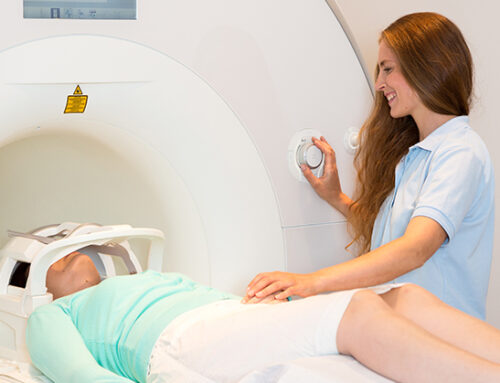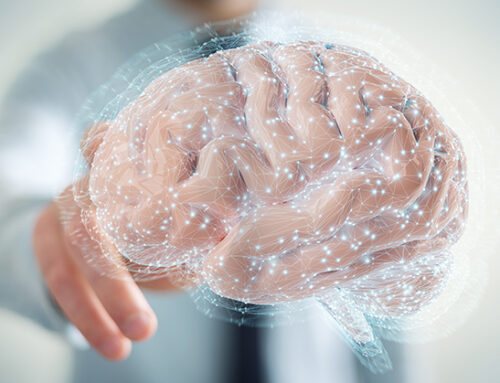Drug companies have been running in circles and spending fortunes to develop drugs for Alzheimer’s disease. Basically, none of them have worked. But researchers at Ohio State have come up with a fairly simple device that could, at the minimum, slow the progress of this devastating disease.
It’s already produced significant results for a small number of people with Alzheimer’s.
The medical device is a brain “pacemaker.”
The Ohio State study shows that this pacemaker may slow the deterioration of people’s mental abilities and help them perform the functions
of day-to-day life when they suffer from Alzheimer’s.
The pacemaker uses small amounts of electric current to stimulate the brain via small wires surgically implanted in the brain’s frontal lobes. The frontal lobes, located in the forehead, are involved in all kinds of behavior – decision-making, learning new information, and muscle control.
According to the researchers, after the wires are in place, this type of brain stimulation is similar to what a cardiac pacemaker device does for the heart.
“The frontal lobes are responsible for our abilities to solve problems, organize and plan, and utilize good judgment,” says researcher Douglas Scharre, M.D. “By stimulating this region of the brain, the Alzheimer’s subject’s cognitive and daily functional abilities as a whole declined more slowly than Alzheimer’s patients in a matched comparison group not being treated with DBS (deep brain stimulation).”
Experienced Improvement in Daily Life
At the beginning of this study, one of the subjects, a woman with Alzheimer’s, 85-year-old LaVonne Moore, had severe problems functioning. Two years after getting her brain pacemaker, she was able to prepare the ingredients for simple meals, independently do the preparation of the food and cook.1
In addition to that, she once again could get herself organized to travel out of the house, figure out what clothes were appropriate for the weather and arrange for her own transportation.
For you and me, those kinds of normal everyday activities might seem routine. But for someone with Alzheimer’s? They often present insurmountable obstacles.
Tickle Your Memory
Electrically stimulating the brain’s lateral temporal cortex, on the sides of the head beneath the temples, can also improve daily function and memory recall, according to researchers at the Mayo Clinic.
In the Mayo research, people who received this type of stimulation said they could more easily picture words in their minds and maintain their vocabulary.2
“The most exciting finding of this research is that our memory for language information can be improved by directly stimulating this underexplored brain area,” says Michal Kucewicz. He’s a Ph.D. and Research Associate at Mayo.
Of course, the investigation into how the brain pacemaker and electrical stimulation affect memory and the way Alzheimer’s disease develops is still in its early stages.
“While electrical stimulation of the brain is emerging as potential therapy for a wide range of neurological and psychiatric diseases, little is known about its effect on memory,” says Mayo researcher Gregory Worrell, M.D., Ph.D.
Another group of researchers, this one at the University of Pennsylvania, is also doing research on which parts of the brain might be the best for brain pacemaker stimulation.
A Penn study indicates that memories form when electrical waves move among the brain’s frontal lobes, the temporal lobes and the medial temporal lobes (located on the inner part of the temporal lobes).3
So while the Ohio study shows that stimulating the frontal lobes helps Alzheimer’s patients, there may be even more effective ways to use brain pacemakers. As the research continues, I’ll keep you updated.







